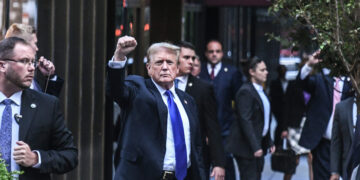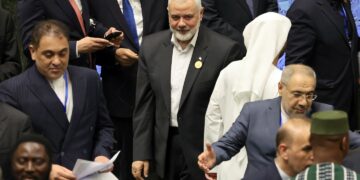Evaluating President Trump’s Economic Strategies: Are They Sufficient?
Introduction: Analyzing the Economic Landscape
As we navigate the complexities of today’s economy, a critical question arises: Is President Trump implementing adequate measures to rejuvenate economic growth? This inquiry necessitates an examination of his policies, their impacts, and whether they meet the needs of American citizens.
Key Policies and Their Effects
One significant area where the Trump administration has focused its efforts is ’s new ‘Committee on Fiscal Policy and Tax Reforms’”>tax reform. The Tax Cuts and Jobs Act of 2017 aimed to stimulate investment by reducing corporate tax rates. While proponents argue this has led to increased business spending and job creation, critics point out that benefits have not been evenly distributed. According to data from the Economic Policy Institute, income inequality remains a pressing issue, with gains concentrated among the wealthiest households.
Job Growth: A Closer Look
Under Trump’s presidency, unemployment rates saw a decline at record levels prior to the pandemic. Policies aimed at deregulation contributed to this trend by making it easier for businesses to grow. However, with recent challenges such as supply chain disruptions due in part to global scenarios like COVID-19, questions arise about sustainable job creation moving forward.
Trade Agreements and Their Implications
Another cornerstone of Trump’s economic strategy has been his approach toward trade agreements. Previous negotiations sought better terms for American workers; however, these actions have also sparked trade tensions with key partners that could potentially harm sectors reliant on exports.
Public Sentiment and Economic Challenges
Public opinion presents a mixed picture regarding Trump’s effectiveness in handling economic issues. Surveys reveal concerns over rising costs of living without corresponding wage increases for many Americans. Furthermore, inflation rates recorded an increase not seen in decades during 2021—evidence that many are still grappling economically despite government efforts.
Responding to Crisis Situations
The administration’s fiscal responses have prompted debates on whether they adequately address current hardships facing citizens—specifically those related to healthcare affordability amid fluctuating job security levels caused by external factors such as pestilence or natural calamities.
Conclusion: The Path Forward
Evaluating President Trump’s economic strategies elicits varied viewpoints reflecting divergent experiences among populations across different regions—urban centers versus rural expanses show particularly sharp contrasts. Regardless of one’s stance on these policies, ongoing discussions about their effectiveness remain critical as America looks for pathways toward sustained recovery aligned with equitable growth principles for all segments within our society.































